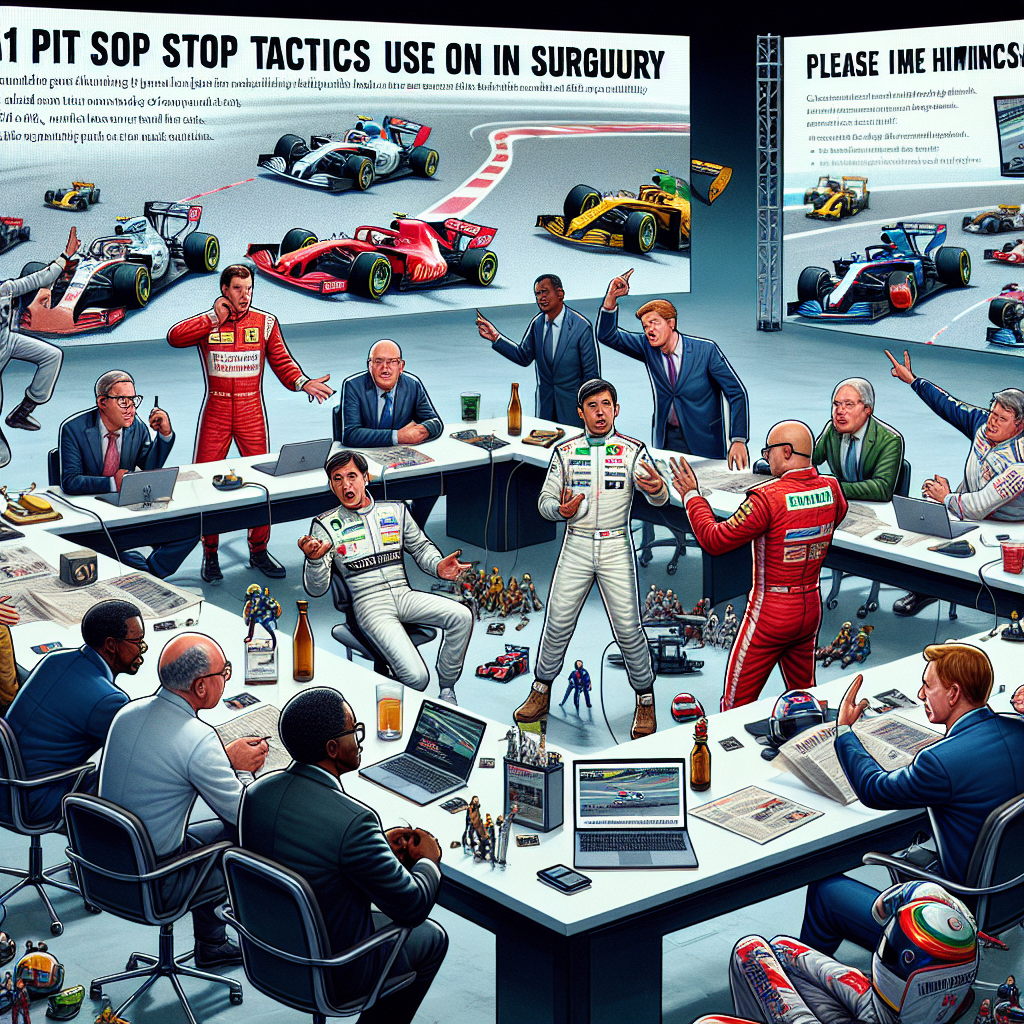The Importance of Effective Team Strategy in F1 Pit Stops
The world of Formula 1 is no stranger to controversy, and the recent race outcome has once again ignited a heated debate about the importance of effective team strategy in pit stops. Pit stops are a critical aspect of any Formula 1 race, and the decisions made by teams during these high-pressure moments can make or break a driver’s chances of victory. With the stakes so high, it is no wonder that the debate surrounding pit stop tactics is raging.
In Formula 1, a pit stop is not just a routine tire change; it is a carefully orchestrated ballet of precision and speed. Every second counts, and teams must make split-second decisions to maximize their chances of success. The team strategy during a pit stop involves a multitude of factors, including tire choice, fuel levels, and the timing of the stop itself. These decisions are made by a team of engineers and strategists who analyze data and communicate with the driver to ensure the best possible outcome.
One of the key elements of effective team strategy in pit stops is tire choice. Formula 1 teams have a range of tire compounds to choose from, each offering different levels of grip and durability. The decision of which tire to use can have a significant impact on a driver’s performance, as well as their ability to overtake competitors. Teams must carefully analyze track conditions, weather forecasts, and the performance of their own car to make the right choice. This decision is often made in real-time, with teams relying on data from sensors and feedback from the driver to make an informed decision.
Another crucial aspect of team strategy in pit stops is fuel management. Formula 1 cars have a limited amount of fuel, and teams must carefully calculate how much fuel to put in during a pit stop. Too much fuel can slow the car down, while too little can result in the driver running out of fuel before the end of the race. Teams must consider factors such as track length, expected number of laps, and the performance of their car to make an accurate calculation. This decision is often made in conjunction with tire choice, as teams aim to minimize the time spent in the pit lane.
Timing is everything in Formula 1, and the timing of a pit stop can make or break a race. Teams must carefully analyze race data, including lap times, tire wear, and the positions of competitors, to determine the optimal time to make a pit stop. A well-timed pit stop can give a driver a crucial advantage, allowing them to gain positions or maintain their lead. However, a poorly timed pit stop can result in a loss of positions or even retirement from the race. Teams must constantly monitor race conditions and communicate with the driver to make the right decision at the right time.
In conclusion, effective team strategy in pit stops is of paramount importance in Formula 1. The decisions made by teams during these high-pressure moments can have a significant impact on a driver’s chances of victory. Tire choice, fuel management, and timing are just a few of the factors that teams must consider when formulating their strategy. With the stakes so high, it is no wonder that the debate surrounding pit stop tactics is raging. As Formula 1 continues to evolve, teams will undoubtedly continue to push the boundaries of strategy, seeking any advantage they can find in the pursuit of victory.




